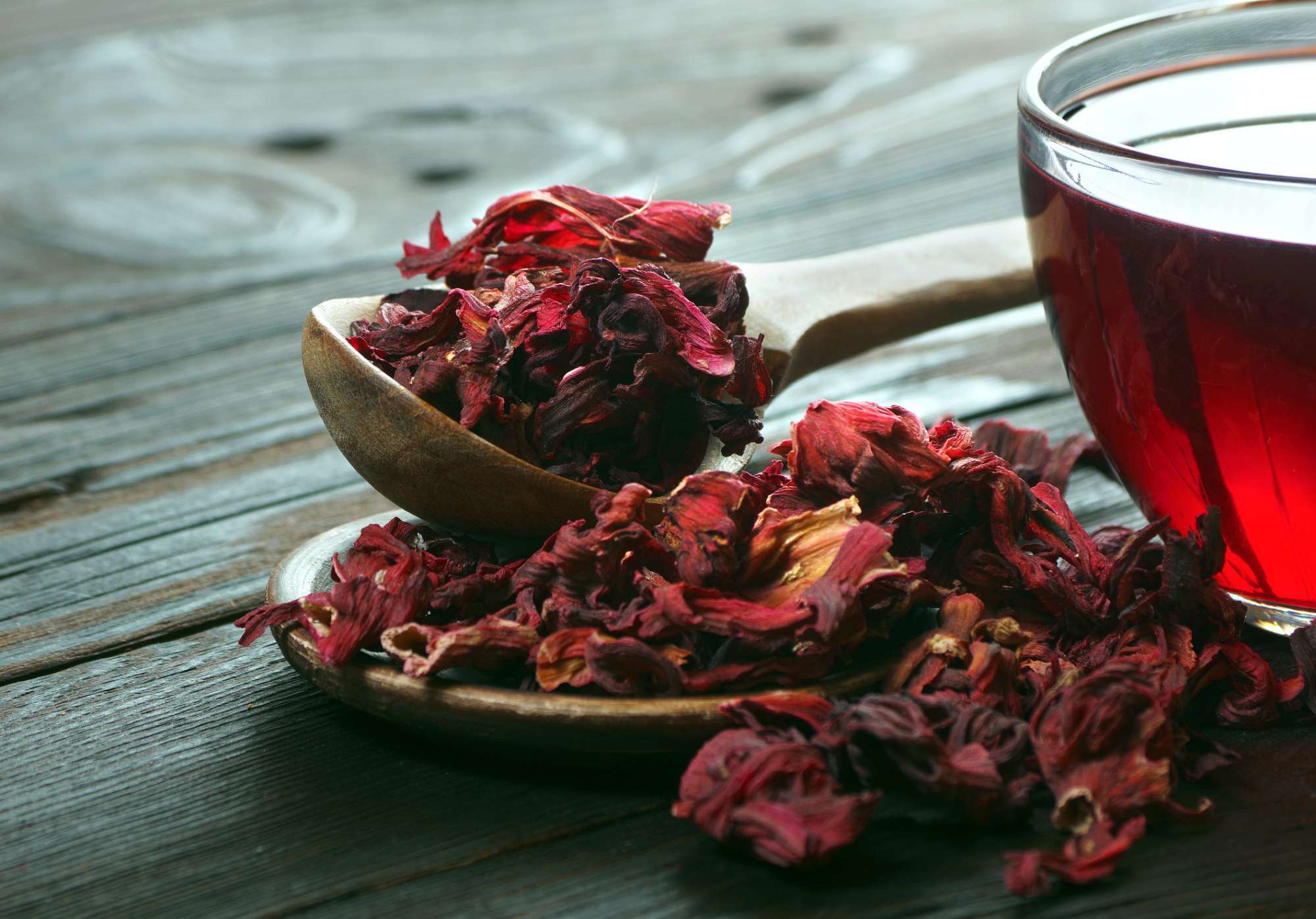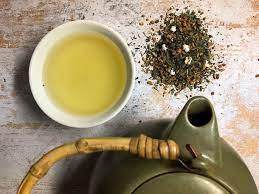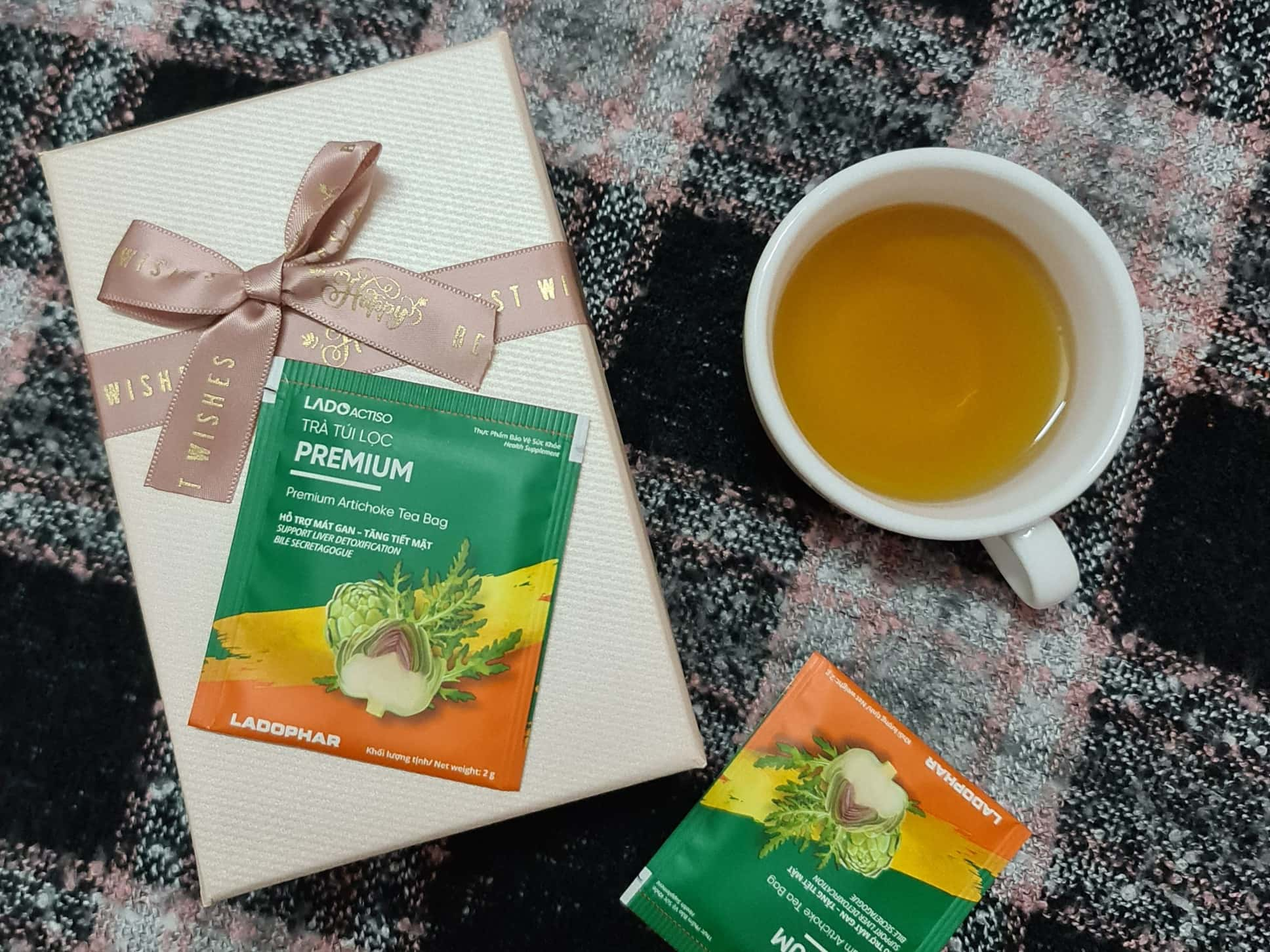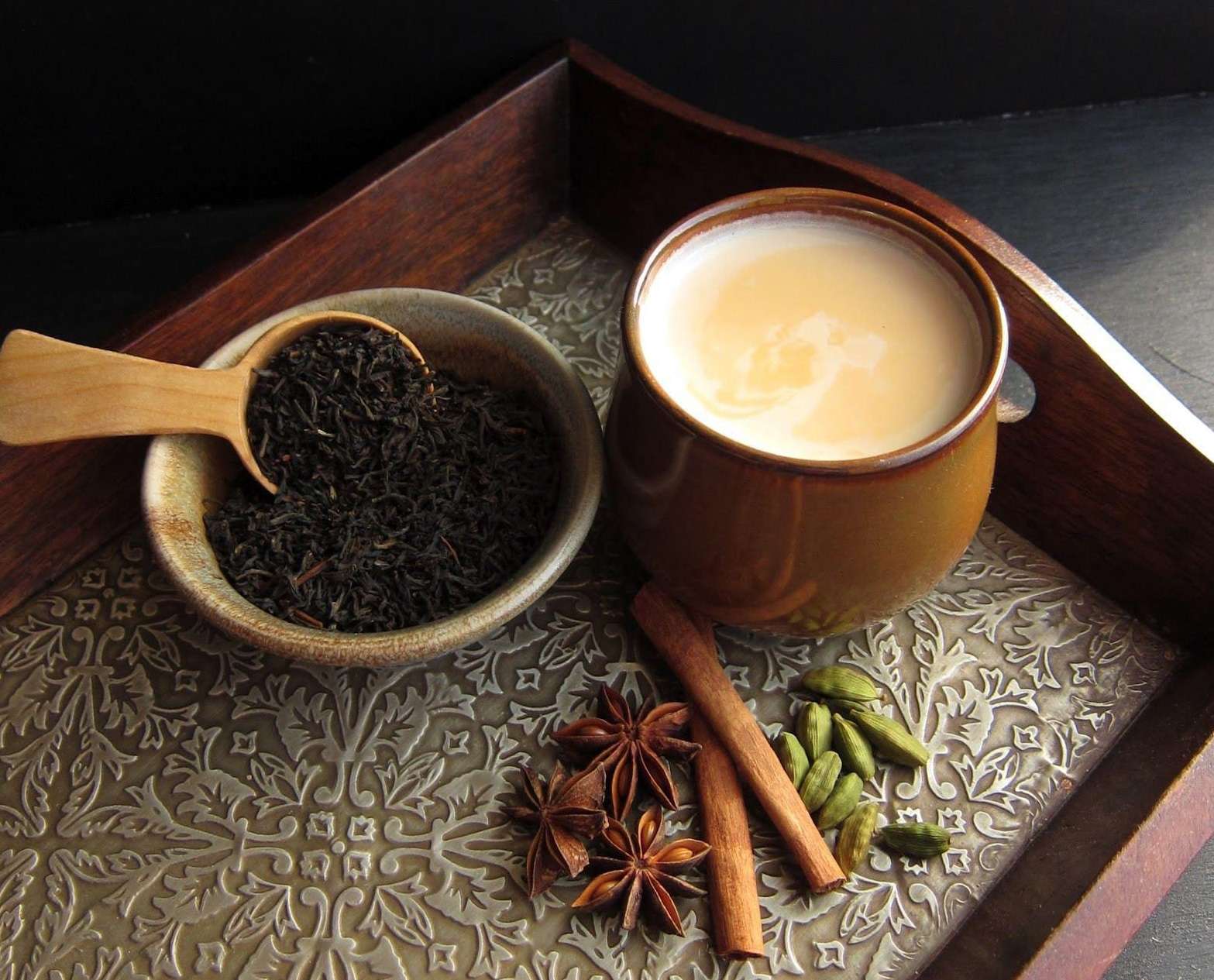Camellia Sinensis Tea Leaf
Camellia Sinensis Tea Leaf
Black tea, green tea, oolong tea, and white tea are four different types of tea, but they are all made from the same leaf, called Camellia sinensis. The processing methods differ, resulting in different antioxidant and health-promoting compounds in each type of tea.
Black tea, green tea, oolong tea, and white tea are four different types of tea, but they are all made from the same leaves of the same plant called Camellia sinensis. In addition to their great taste, tea has many potential health benefits.
This beverage has long been prized for its health properties in China and India, where tea has been a traditional part of society for centuries. In the West, tea first made its way to Europe in the 17th century, reaching the Netherlands in 1610 and appearing in England in 1658.
TEA PROCESSING
The difference between these four types of tea depends on the processing of the Camellia sinensis leaves.
1. Black tea
- Key characteristics: Fully oxidized.
- Harvesting: The youngest leaves and buds of the tea plant.
- Withering: The newly picked tea leaves are spread out to dry, reducing moisture and making them pliable for rolling. This process can take 10-14 hours.
- Rolling: The withered tea leaves are rolled by machine or traditionally by hand, the manual way, to break the cell walls, releasing the liquid from inside the leaves. This liquid contains enzymes that aid fermentation.
- Oxidation, or "fermentation": The rolled tea leaves are transferred to a temperature-controlled room, where they react with oxygen at 29°C for 2 to 4 hours. This process is not a true fermentation but an enzymatic browning process, which turns the tea leaves from green to a coppery/brown color and creates the characteristic flavor and aroma of black tea.
- Drying: The oxidized tea leaves are dried in an oven to stop oxidation and reduce the moisture content to a stable level.
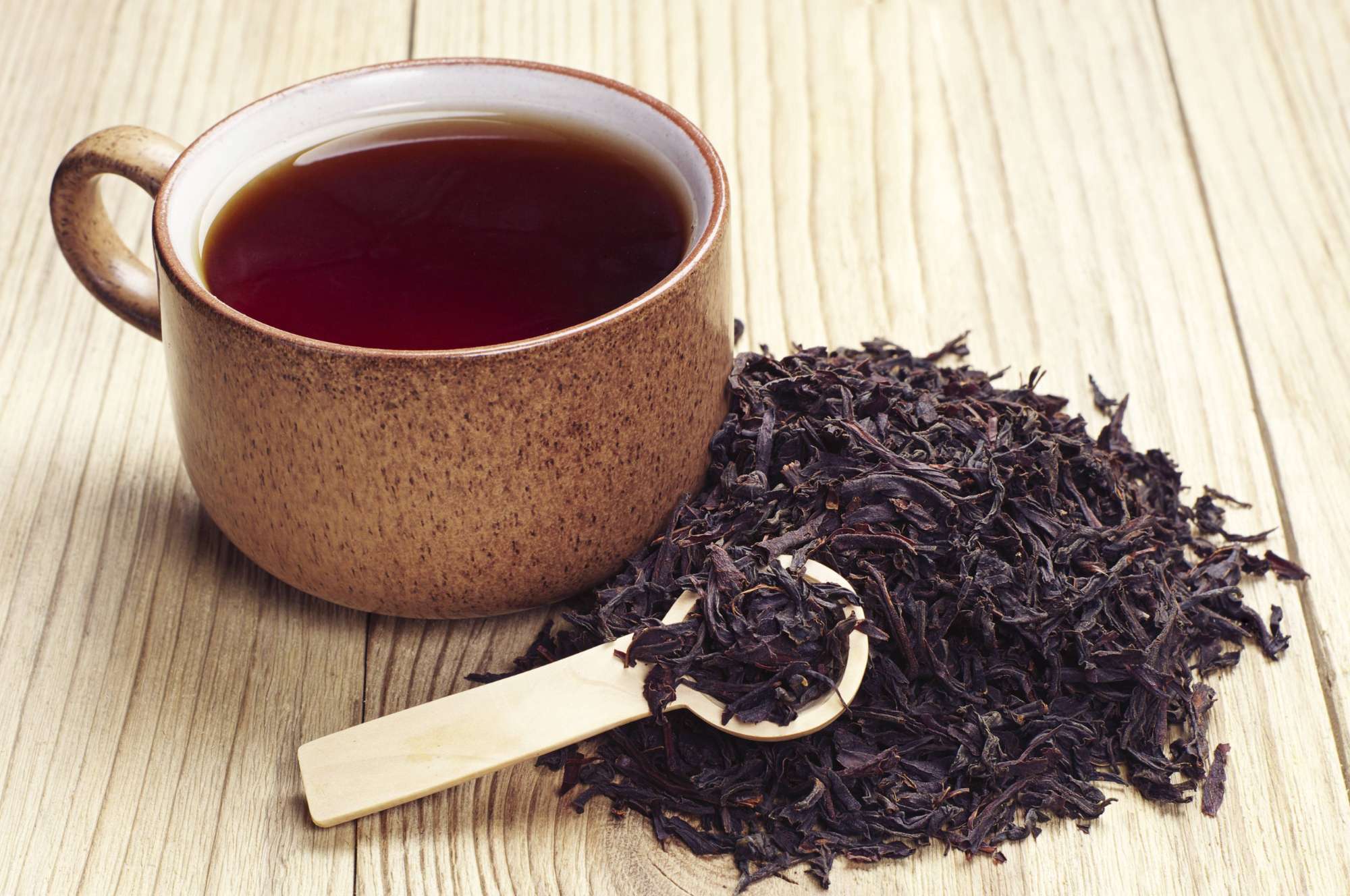
Black tea
2. Green Tea:
- Key Features: Oxidation is prevented or minimized.
- Harvesting: Young, tender tea leaves.
- Fixation or enzyme deactivation: This is the crucial step that distinguishes green tea from black tea. The goal is to prevent oxidation. This is achieved by rapidly heating the fresh tea leaves through:
- Steaming, the Japanese method: The tea leaves are exposed to steam for a short period of time.
- Roasting, pan-firing the Chinese method: The tea leaves are heated in a hot wok or pan.
- Shaping: The heated tea leaves are rolled to release moisture and shape the final tea leaves. Different rolling techniques produce different shapes, like flat, needle-like, and curved.
- Drying: The rolled tea leaves are dried to reduce moisture and retain their flavour and colour.
.jpg)
Green tea
3. Oolong Tea:
- Key Characteristics: Partially oxidized, wide range of oxidation levels, and processing styles.
- Harvesting: Mature leaves are often preferred.
- Withering: Similar to black tea, leaves are withered, usually in the sun and then indoors under careful monitoring.
- Bruising: The tea leaves are lightly bruised or tossed to break the cell walls, releasing the liquid from within the leaves and starting the partial oxidation. This step is carefully controlled and repeated if the required bruising is still not achieved.
- Oxidation (partial fermentation): Oolong teas are partially oxidized, with oxidation levels ranging from 10% to 70%, depending on the desired style. This stage is critical and requires skilled tea masters to achieve the desired flavor.
- Enzyme deactivation: Oxidation is stopped by heating the leaves, similar to green tea processing: pan-firing or steaming. Some oolong teas undergo a roasting process after drying to add further complexity and flavor.
- Shaping: The leaves are rolled and shaped, often multiple times, sometimes using cloth to form a compressed shape, especially Taiwanese oolong tea.
- Drying: The shaped leaves are dried to their final moisture content.
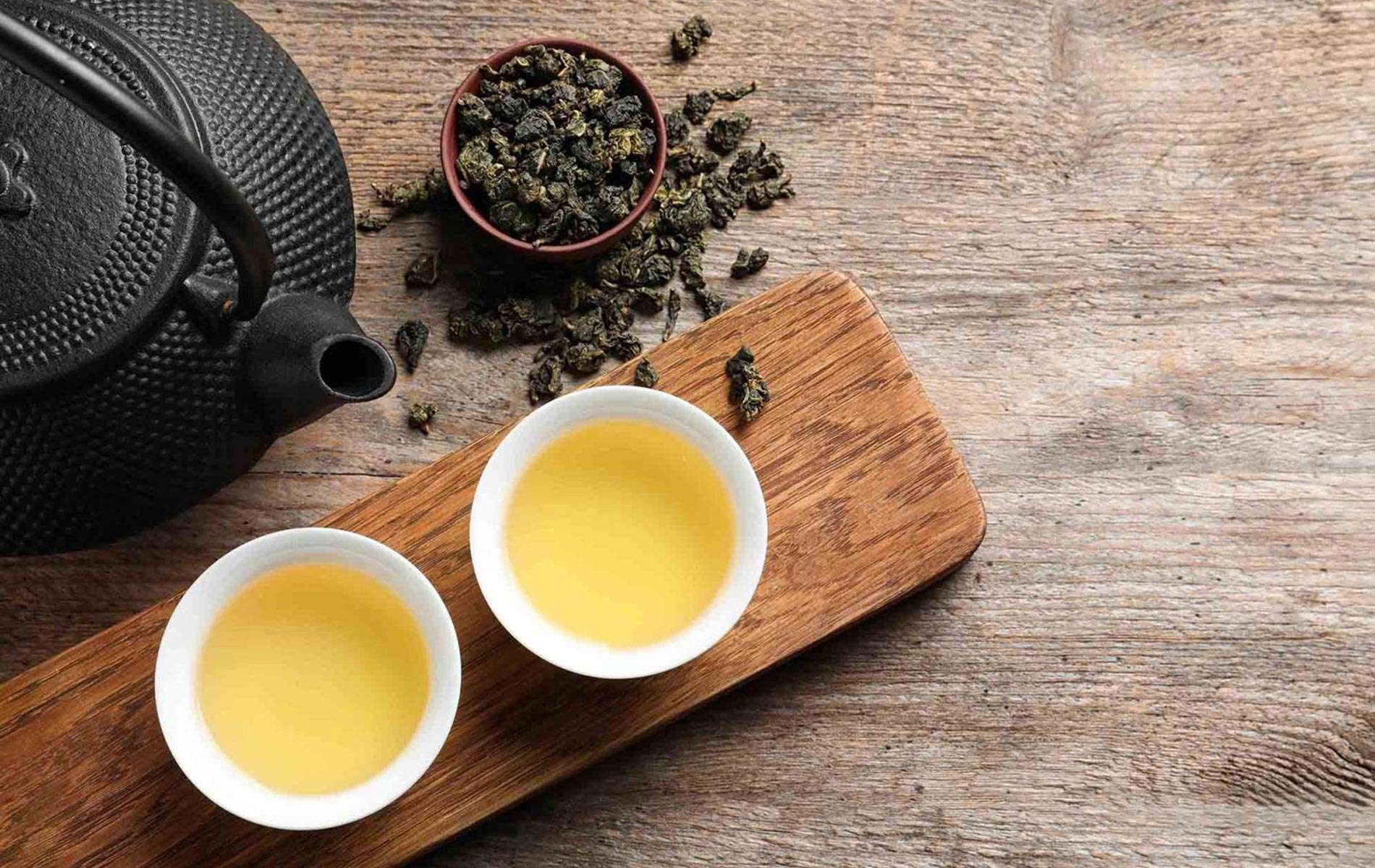
Oolong Tea
4. White Tea:
- Key Characteristics: Minimally processed, very lightly oxidized, often characterized by a delicate sweet flavor and soft appearance.
- Harvesting: Only the youngest buds and unopened or minimally opened leaves are selected, often covered in fine white hairs (pekoe).
- Withering: This is the most critical step for white tea. The leaves are withered naturally in a well-ventilated area, often under sunlight, and then indoors.
- Drying: Once the desired level of withering is achieved, the leaves are carefully dried at low temperatures to remove any remaining moisture without further processing or disturbing the delicate leaves. Traditional methods involve charcoal drying, while modern methods use low-heat ovens. This slow and gentle drying process allows for some natural enzymatic oxidation, but it's minimal compared to black or oolong tea.

White Tea
ADVANTAGES OF YOUNG LEAVES
The youngest leaves are preferred for tea, especially high-quality varieties, for a few key reasons:
1. Higher concentrations of desirable compounds
- Flavor and aroma: The Youngest leaves, particularly the buds and the first few leaves, contain a higher concentration of essential oils, amino acids (like L-theanine, which contributes to sweetness and umami), and volatile flavor compounds. These contribute to a more nuanced, delicate, and often sweeter aroma and taste in the final tea.
- Antioxidants: These younger buds are also richer in polyphenols, including catechins like EGCG, which are potent antioxidants associated with various health benefits.
2. Lower levels of undesirable compounds
- Bitterness and astringency: While younger leaves can have high levels of tannins (catechins contribute to both antioxidant properties and astringency), the balance with other compounds like amino acids can result in a smoother, less bitter taste compared to older leaves which might have a higher proportion of harsher tannins later in their growth. However, some sources indicate that younger leaves can have higher tannin content as a defense mechanism. The overall processing method significantly influences the final astringency.
- Cellulose and fiber: Older, more mature leaves tend to have a higher cellulose and fiber content, which can result in a coarser texture and less desirable flavor in the brewed tea.
3. Softness and Ease of Processing:
Young leaves are more tender and pliable, making them easier to wither and roll during the initial stages of tea processing, which is crucial for releasing their essential compounds and initiating oxidation (in the case of black and oolong teas).
4. Visual appeal
In many tea grading systems, the presence of young buds ("tips") indicates higher quality. Teas made primarily from buds and the youngest leaves often fetch higher prices and are considered more premium. The visual appearance of the processed young leaves is also generally more appealing.
In short, the selection of the youngest leaves for tea production aims to capture the optimal balance of flavorful and aromatic compounds, desirable mouthfeel, and visual appeal, often resulting in a higher quality and more nuanced final brew. The specific reasons can vary slightly depending on the type of tea being produced (black, green, oolong, white), but the general principle of leveraging the unique chemical composition of the young shoots remains a key factor in quality tea production.
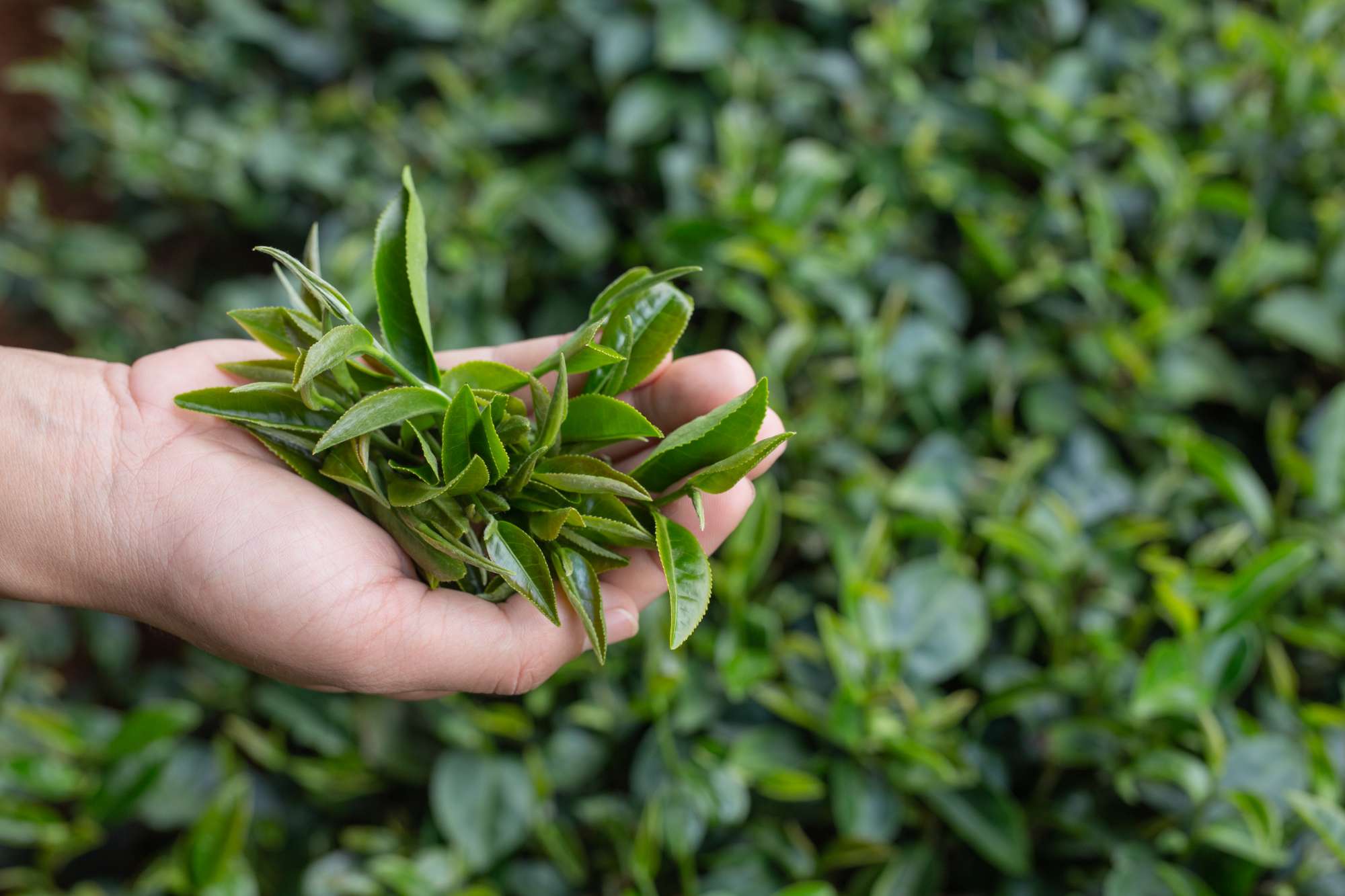
ANTIOXIDANTS
Although they are all made from the same Camellia sinensis leaf, the processing methods differ, resulting in different antioxidant and health-promoting compounds in each type of tea.
1. Black Tea
Rich in theaflavins and thearubigins, which are formed during the extensive oxidation process. Also contains other flavonoids and catechins, though in different proportions than green tea.
2. Green Tea
High in catechins, particularly epigallocatechin-3-gallate (EGCG), as oxidation is prevented.
3. Oolong Tea
Contains a range of antioxidants found in both green and black tea, including theaflavins, thearubigins, and EGCGs, as it undergoes partial oxidation.
4. White Tea
Rich in catechins and other polyphenols, and may have the highest concentration of certain antioxidants compared to other teas due to minimal processing.
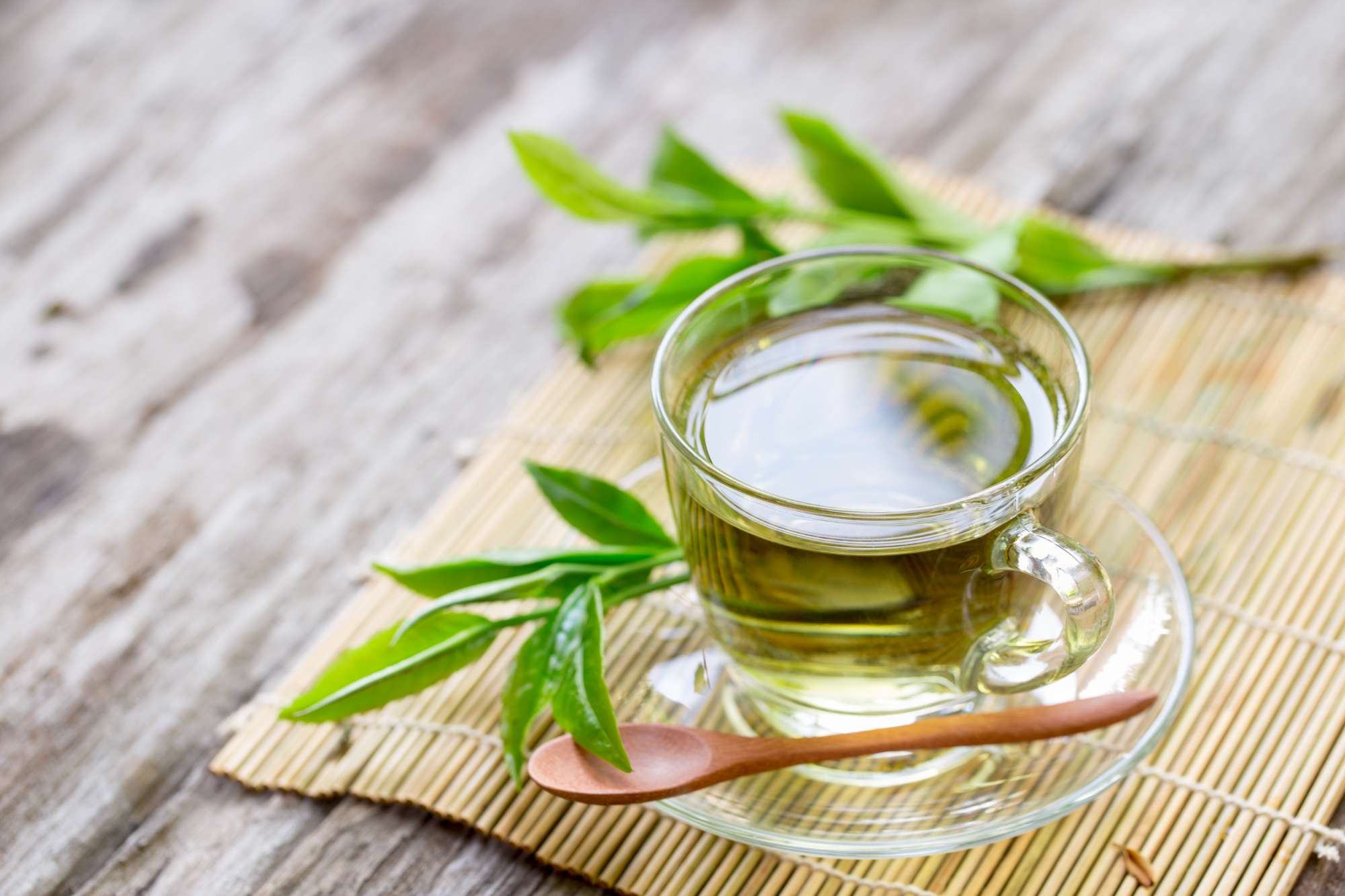
HEALTH BENEFITS
The antioxidant content and other beneficial compounds also determine the specific health benefits of each type of tea as follows
1. Black Tea
- Heart Health: May help lower LDL cholesterol, reduce blood pressure, and lower the risk of heart disease and stroke.
- Improved Focus: Contains caffeine and L-theanine, which work synergistically to enhance alertness and focus without jitters.
- Lowered Blood Sugar: May improve the body's ability to manage blood sugar levels.
- Reduced Risk of Some Cancers: Some studies suggest a potential link to a lower risk of certain cancers.
- Gut Health: May promote a healthy gut microbiome.
2. Green Tea
- Potent Antioxidant Effects: EGCG is a powerful antioxidant that may protect against cell damage.
- Brain Health: May improve cognitive function, memory, and potentially protect against neurodegenerative diseases.
- Weight Management: May help boost metabolism and fat burning.
- Cancer Prevention: Some research suggests a link to a reduced risk of certain cancers due to its anti-inflammatory properties.
- Heart Health: May lower cholesterol levels and reduce the risk of heart disease.
- Blood Sugar Control: May improve insulin sensitivity and help manage blood sugar levels.
3. Oolong Tea
- Heart Health: May help lower blood pressure, cholesterol, and triglyceride levels.
- Weight Management: May boost metabolism and promote fat burning.
- Improved Cognitive Function: Contains L-theanine, which can improve focus and reduce anxiety.
- May Lower Diabetes Risk: Some studies suggest it may help improve blood sugar management and reduce insulin resistance.
- Bone Health: Some evidence suggests it may help maintain bone mineral density.
4. White Tea:
- Potent Antioxidant Effects: May offer the most powerful protection against free radicals.
- May Reduce the Risk of Heart Disease: May help relax blood vessels and prevent LDL cholesterol oxidation.
- Could Help with Weight Loss: Contains caffeine and catechins that may boost metabolism and fat breakdown.
- May Have Anti-Cancer Properties: Some studies suggest it may inhibit the growth and spread of cancer cells.
- Skin Health: Antioxidants may help protect against skin aging.
- Dental Health: May have antibacterial properties and contains fluoride and tannins that benefit teeth.
SUMMARY
All four types of tea offer significant health benefits, largely due to their antioxidant content.
- Green and white teas, being the least processed, tend to be highest in catechins.
- Black tea has unique theaflavins and thearubigins due to full oxidation.
- Oolong tea offers a blend of compounds from both green and black tea.
The best tea for you depends on your health goals and personal preferences. Enjoying a variety of these teas can be a great way to benefit from a variety of health-promoting compounds.
Compiled and written by Crocus Media
Products
.jpg)
Chrysanthemum tea
Chrysanthemum tea is a herbal tea with bitter tastes, coolness, heat clearing, helps reduce acne, nourishes the body, cools the liver, detoxifies, curing neurasthenia, support cancer treatment, ... Chrysanthemum tea is made from 100% natural herbs, no preservatives, no flavoring, safe for health.
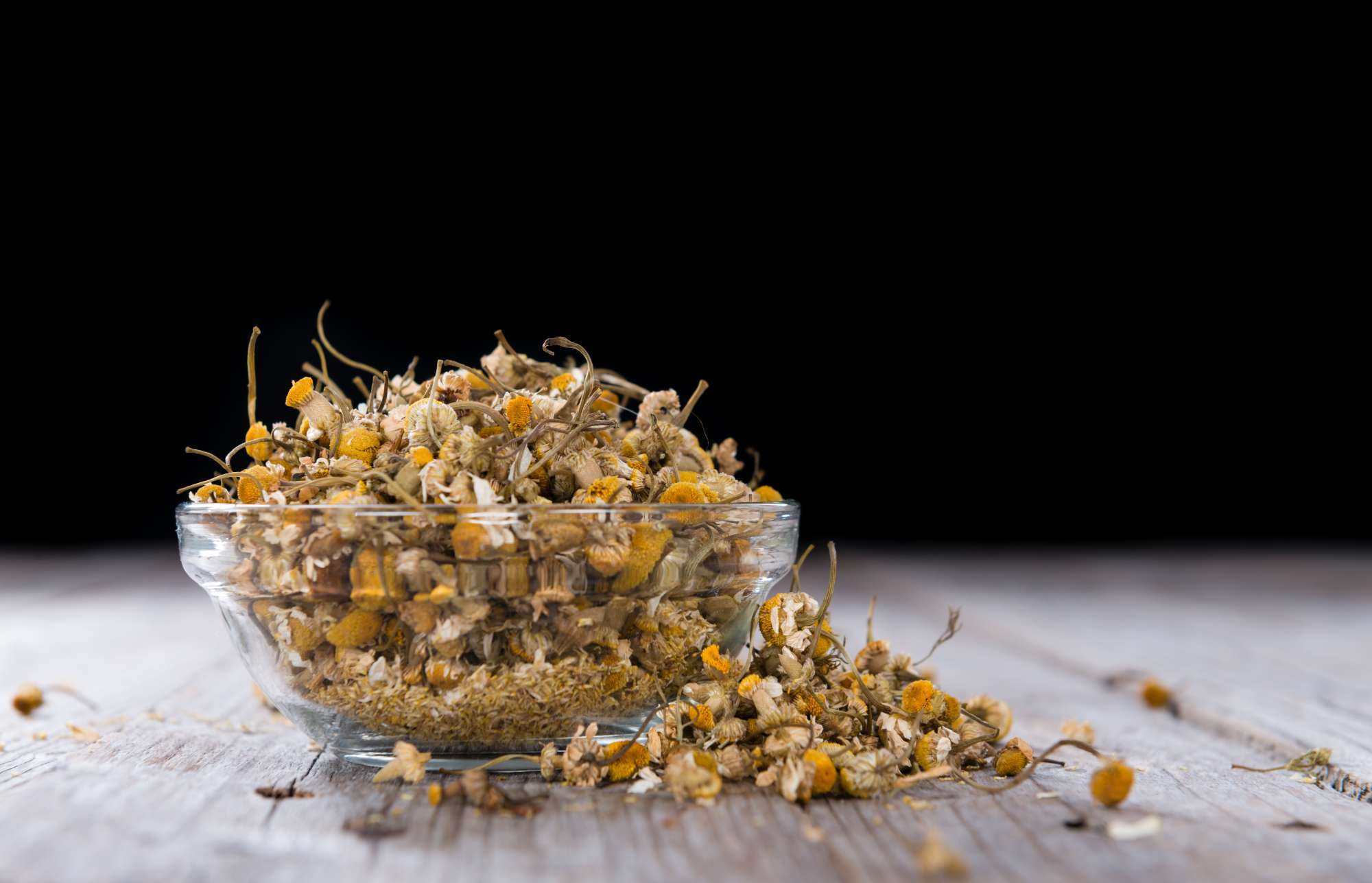
Chamomile tea
Chamomile tea has a mildly bitter taste and countless valuable health benefits such as Improves heart health, treats insomnia, controls blood sugar, reduces cancer risks, clears heat, detoxifies, lowers blood pressure,... Chamomile tea is made from 100% natural herbs, no preservatives, no flavorings, safe for health.
References
- 10 Evidence-Based Benefits of Green Tea
- What Is White Tea and Does It Have Benefits?
- 11 Health Benefits of Drinking Black Tea
- Black tea consumption and risk of stroke in women and men
- Antioxidant and antibacterial properties of green, black, and herbal teas of Camellia sinensis
- Tea consumption and the incidence of cancer: a systematic review and meta-analysis of prospective observational studies
